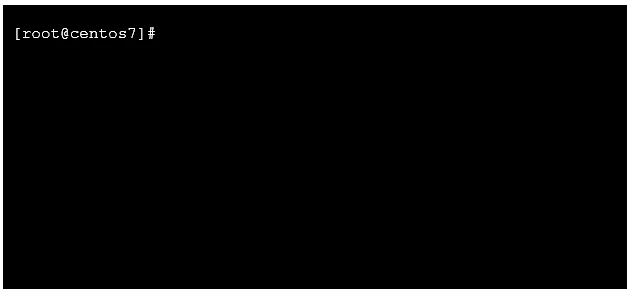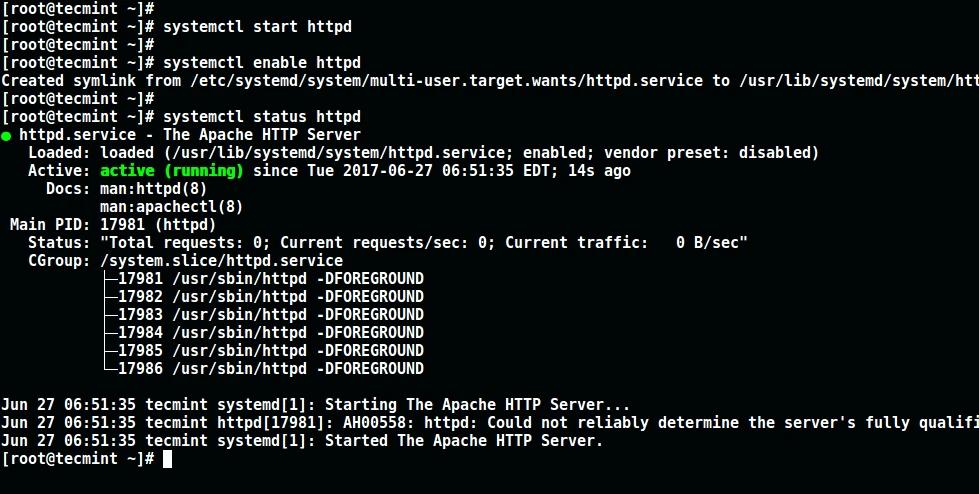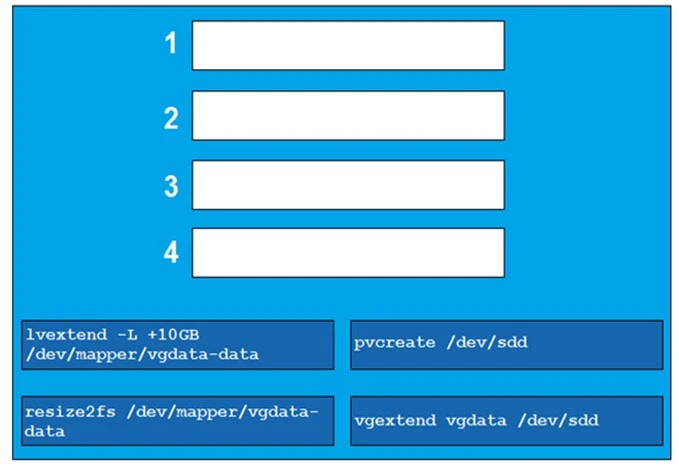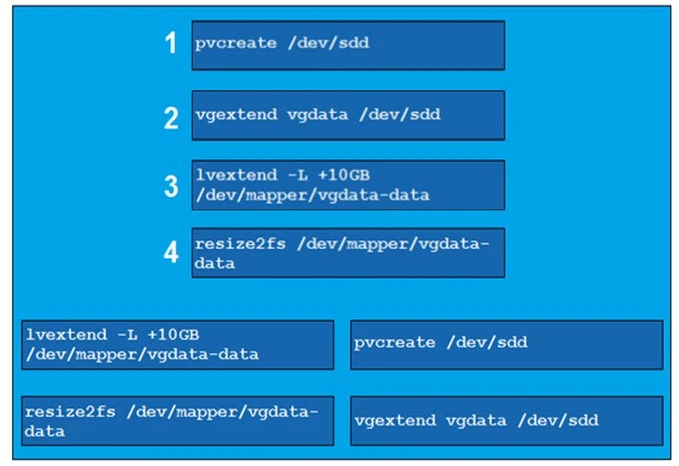CompTIA Linux+
Here you have the best CompTIA XK0-004 practice exam questions
- You have 379 total questions to study from
- Each page has 5 questions, making a total of 76 pages
- You can navigate through the pages using the buttons at the bottom
- This questions were last updated on November 9, 2025
- This site is not affiliated with or endorsed by CompTIA.


 See explanation below
See explanation below
